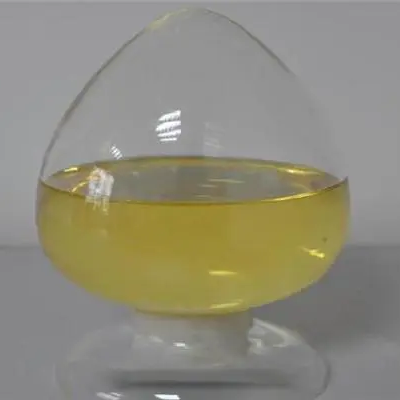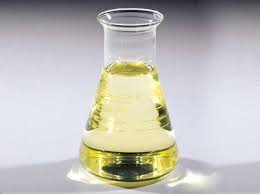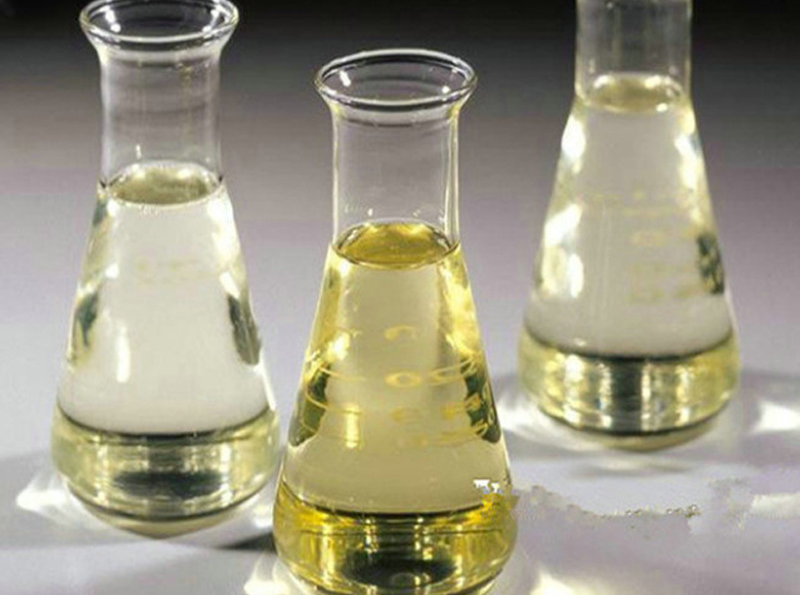Soap Suds & Salad Dressing: The Secret Life of Surfactants
(What Is A Surfactant Example)
Ever wonder how soap actually cleans? Or why salad dressing doesn’t just separate into a sad oil puddle on your lettuce? The answer isn’t magic. It’s surfactants. These tiny molecules are everywhere, working hard behind the scenes.
Think about washing greasy dishes. Water alone hates grease. It just beads up and rolls off. But add dish soap? Suddenly, the water spreads out. It grabs the grease. It lifts it away. That’s surfactants in action. They are the ultimate peacemakers between things that usually refuse to mix, like oil and water.
What makes surfactants so special? Their shape is key. Picture a tiny tadpole. One end of the surfactant molecule loves water. We call this the “head.” It’s hydrophilic. The other end, the long “tail,” loves oil and grease. It’s hydrophobic. This split personality lets them bridge the gap.
When you add soap to water, the surfactant molecules get busy. Their water-loving heads point towards the water. Their oil-loving tails try to get away from it. If there’s grease around, the tails latch onto it. The heads stay anchored in the water. This traps the grease inside little bubbles called micelles. Then, rinse water can easily wash the whole micelle away.
Surfactants aren’t just in dish soap. Look at your shampoo bottle. Sodium Lauryl Sulfate or Sodium Laureth Sulfate? Those are classic surfactants. They create the lather that lifts dirt and oil from your hair. Your toothpaste likely has them too, helping spread the paste and foam in your mouth.
Cooking uses surfactants. Ever make mayonnaise? Eggs contain lecithin, a natural surfactant. Lecithin lets oil and vinegar (or lemon juice) blend into that smooth, creamy texture. Without it, you’d have a separated mess. Lecithin is also found in chocolate, keeping it smooth.
Even your lungs rely on surfactants. A special kind coats the tiny air sacs. This stops them from collapsing every time you breathe out. It makes breathing much easier.
Firefighters use special surfactant-containing foams. These foams spread quickly over burning liquids like oil or gasoline. They smother the flames by cutting off oxygen. They also cool the fuel.
Farmers use surfactants in some pesticides and herbicides. The surfactant helps the spray spread evenly over plant leaves. It helps the active ingredients stick better and penetrate the plant surface. This makes the treatment more effective.
Factories use surfactants for cleaning metal parts before painting. They help remove oils and grime, ensuring the paint sticks properly. Surfactants are also key in making paints and inks flow smoothly and evenly.
(What Is A Surfactant Example)
So next time you wash your hands, enjoy a creamy dressing, or even just breathe easily, remember the tiny surfactants. These unsung heroes make so many everyday things work smoothly. They connect the unconnectable, clean the uncleanable, and stabilize the unstable. They are truly the ultimate molecular multitaskers.
Inquiry us
if you want to want to know more, please feel free to contact us. (nanotrun@yahoo.com)




